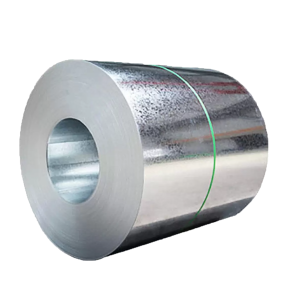304L stainless steel plate is part of the austenitic family of stainless steel and one of the most versatile and widely used varieties of stainless plate. It is a relatively low cost stainless product and used in a variety of applications. 304 grades have excellent low temperature properties and respond well to hardening by cold working. 304 stainless steel plate grades have good welding characteristics and post weld annealing is not normally required to restore performance.
It is common practice for 304L to be dual certified as 304 and 304L. The low carbon chemistry of 304L combined with an addition of nitrogen enables 304L to meet the mechanical properties of 304.
Alloy 304/304L resists atmospheric corrosion, as well as, moderately oxidizing and reducing environments. The alloy has excellent resistance to inter-granular corrosion in the as-welded condition. Alloy 304/304L has excellent strength and toughness at cryogenic temperatures.
Alloy 304/304L is non-magnetic in the annealed condition, but can become slightly magnetic as a result of cold working or welding. It can be easily welded and processed by standard shop fabrication practices.
Chemical Composition (%) of 304L Stainless Steel Plate
| Chromium | Nickel | Carbon | Manganese | Phosphorus | Sulfer | Silicon | Nitrogen |
| 18.0 min.-20.0 max. | 8.0 min.-12.0 max. | 0.030 | 2.00 | 0.045 | 0.030 | 0.75 | 0.10 |
Chemical Composition (%) of 304L Stainless Steel Plate
| 0.2% Offset Yield Strength, ksi | Ultimate Tensile Strength, ksi | Elongation in 2 inches, % | Hardness, Rockwell B |
| 25 min. | 70 min. | 40 min. | 92 max. |
304L Fabrication Data:
Alloy 304/304L can be easily welded and processed by standard shop fabrication practices.
Working temperatures of 1652–2102°F (750–1150°C) are recommended for most hot working processes. For maximum corrosion resistance, the material should be annealed at 1900°F (1038°C) minimum and water quenched or rapidly cooled by other means after hot working.
The alloy is quite ductile and forms easily. Cold working operations will increase the strength and hardness of the alloy and might leave it slightly magnetic.
Alloy 304/304L is subject to work hardening during deformation and is subject to chip breaking. The best machining results are achieved with slower speeds, heavier feeds, excellent lubrication, sharp tooling and powerful rigid equipment.
If you are interested in other Stainless Steel Plates/Sheets, please click 302, 303, 304, 304L, 304H, 309, 309S, 310, 310S, 310H, 316, 316L, 317/317L, 317LMN, 321, 321H, 330, 347, 347H, 904L, 403, 405, 409, 410, 410S, 410/HT, 416, 416HT, 420, 422, 430, 440C, Duplex 2205, Duplex 2304, Duplex 2507.
Get In touch with



